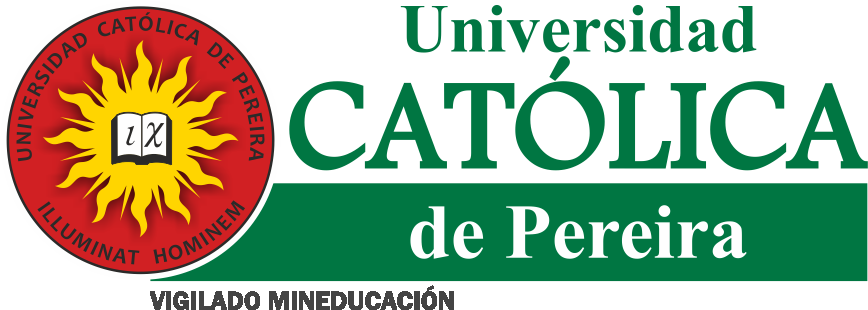Publicación: Pablo y Séneca – Tejiendo sentido
| dc.creator | Acevedo Gómez, Willmar de J | |
| dc.date | 2019-08-17 | |
| dc.date.accessioned | 2022-06-01T19:58:35Z | |
| dc.date.available | 2022-06-01T19:58:35Z | |
| dc.description | Este texto se ofrece como un fragmento de la investigación titulada: “Sobre el Epistolario entre Séneca y San Pablo: Una relación de sentido1 ”, en la cual se presenta una versión en castellano del epistolario apócrifo entre Séneca y San Pablo (s IV e.c.), así como la relación que se teje en el encuentro entre el cristianismo del siglo I y el estoicismo de aquel momento. El presente texto alude a la relación de sentido que se puede establecer entre estos dos autores, Sé- neca y San Pablo en temas como la ley, la ética, la muerte, las relaciones de la iglesia cristiana primitiva con otras tendencias orientales. Otras cuestiones como, el dolor, el deseo, las pasiones, la tranquilidad, el ocio, los beneficios, la felicidad, la filosofía y su sentido, el más allá, etc., ameritan un denso e intenso trabajo de comparación que podrá hacerse en otro texto aprovechando tanto el Corpus Paulino como el senequiano, por el momento baste este pequeño abrebocas al agudo tema de las relaciones del cristianismo primitivo con la filosofía del momento, especialmente con el estoicismo nuevo, es decir, el del siglo I de nuestra era. | es-ES |
| dc.description | This paper is a passage from the research “AboutSeneca and Saint Paul´s Epistles: A relation of meaning”, whichgives a Spanish version of Seneca and Saint Paul’s Epistles (sIV c.e.), and the relation between the Christianity and the Stoicism from the I Century. It refers to the relation of meaningthat could be established between Seneca and Saint Paulabout: law, ethics, death and primitive Christian Religion andits relation with Eastern trends. Other topics such as: pain,desire, passion, tranquility, leisure time, benefits, happiness,meaning of philosophy, afterlife, etc, deserve a special comparative work, which could be done in a separate text withthe help of the Pauline Corpus and Seneca´s writings. By now,these short considerations are enough to tackle a sharp pointas the relation between Primitive Christianity and the philosophy of that time, especially with the new Stoicism in theI Century. | en-US |
| dc.format | application/pdf | |
| dc.identifier | https://revistas.ucp.edu.co/index.php/textosysentidos/article/view/1023 | |
| dc.identifier.uri | http://hdl.handle.net/10785/11853 | |
| dc.language | spa | |
| dc.publisher | Universidad Católica de Pereira | es-ES |
| dc.relation | https://revistas.ucp.edu.co/index.php/textosysentidos/article/view/1023/1003 | |
| dc.rights | Derechos de autor 2019 Textos y Sentidos | es-ES |
| dc.rights | https://creativecommons.org/licenses/by-nc/4.0/deed.es_ES | es-ES |
| dc.source | Textos y Sentidos; Núm. 1 (2010); 108-123 | es-ES |
| dc.source | 2215-8820 | |
| dc.source | 2215-8812 | |
| dc.title | Pablo y Séneca – Tejiendo sentido | es-ES |
| dc.type | info:eu-repo/semantics/article | |
| dc.type | info:eu-repo/semantics/publishedVersion | |
| dc.type | Artículo revisado por pares | es-ES |
| dspace.entity.type | Publication |
